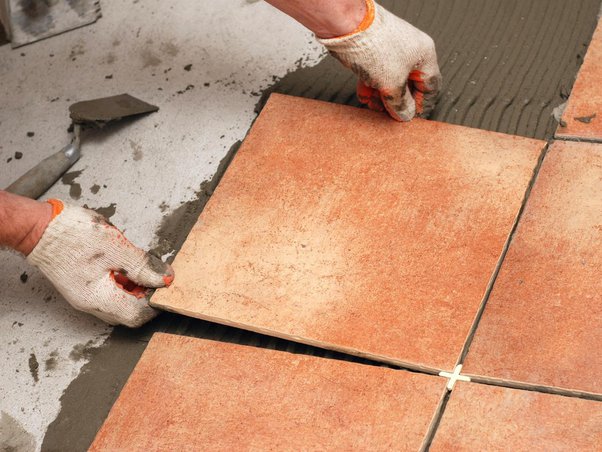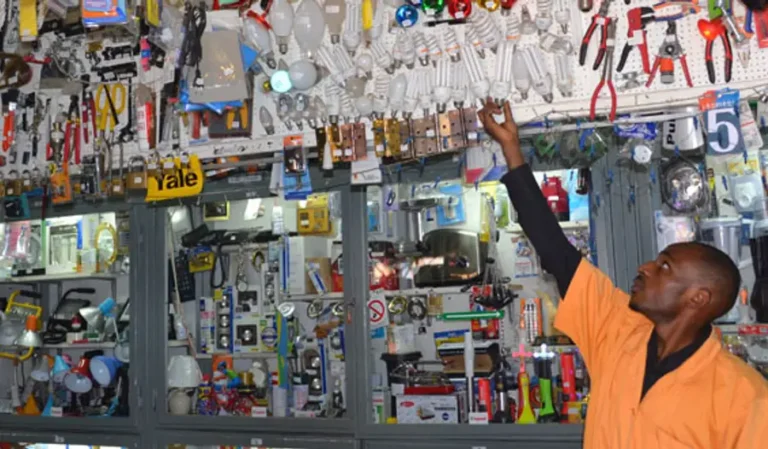Fly ash bricks manufacturing
Fly ash s the inorganic mineral residue obtained after burning coal/lignite in the boilers. The demand for dwelling units will grow to 90 million by 2022, which would require a minimum investment of $890 billion. So many technically upgraded automatic fly ash brick manufacturing machines are available in the domestic and international markets.
The production of fly ash bricks is benefic in today. You can think about it if you have a capital to invest. The machines for its production are available on the national and international market. The business require a sufficient investment and man power but it is very profitable.

Executive Summary:
Fly ash bricks manufacturing is a profitable and environmentally friendly business opportunity. Fly ash is a waste material generated from the burning of coal and can be used to make high-quality bricks that are cheaper and stronger than traditional clay bricks. The demand for fly ash bricks is increasing due to their superior quality and cost-effectiveness. This business plan outlines the steps to start a fly ash bricks manufacturing business.
Business Description:
Our business will specialize in the manufacturing of fly ash bricks. The bricks will be made from fly ash, cement, and other materials. The process will involve mixing the materials, pressing them into molds, and then curing them in a temperature-controlled environment. The manufacturing unit will be located in a suitable location with easy access to raw materials, labor, and transportation.
Market Analysis:
The demand for fly ash bricks is increasing due to their durability, strength, and cost-effectiveness. The market potential for fly ash bricks is high, and there is a growing trend towards eco-friendly construction materials. The target market for our products will be builders, contractors, and individuals who are looking for quality construction materials at an affordable price.
Competitive Analysis:
The fly ash bricks manufacturing industry is competitive, with several established players already in the market. However, our unique selling proposition will be the superior quality of our bricks, our competitive pricing, and our commitment to customer satisfaction. We will also focus on building a strong brand reputation through effective marketing and advertising strategies.
Marketing and Sales Strategy:
We will focus on building a strong brand reputation through effective marketing and advertising strategies. Our marketing efforts will include digital marketing, print media, and participation in trade shows and exhibitions. We will also build a strong online presence through social media platforms and a company website. Sales will be generated through a combination of direct sales to contractors and builders, as well as through tie-ups with construction material suppliers.
Operations Plan:
Our operations plan will focus on the efficient and cost-effective manufacturing of high-quality fly ash bricks. We will ensure the availability of raw materials, efficient production processes, and a reliable supply chain to deliver our products on time. Our manufacturing unit will be equipped with modern machinery and equipment, and we will employ skilled workers to ensure the quality of our products.
Financial Plan:
The financial plan will include the startup costs, operational expenses, revenue projections, and profitability analysis. The startup costs will include the cost of land, building, machinery, equipment, and working capital. The revenue projections will be based on market demand, pricing, and sales volume. We will strive to achieve profitability within the first year of operations and reinvest profits for growth and expansion.
Conclusion:
In conclusion, fly ash bricks manufacturing is a profitable business opportunity that offers significant benefits to the environment and the construction industry. With a well-defined business plan, efficient operations, and effective marketing strategies, our business can succeed and become a leader in the industry. We will focus on delivering high-quality products, building a strong brand reputation, and achieving profitability through cost-effective operations.
here’s a projected income statement for the fly ash bricks manufacturing business:
| Year 1 | Year 2 | Year 3 | |
| Revenue | $500,000 | $700,000 | $900,000 |
| Cost of Goods Sold | $350,000 | $490,000 | $630,000 |
| Gross Profit | $150,000 | $210,000 | $270,000 |
| Operating Expenses | $80,000 | $90,000 | $100,000 |
| Marketing Expenses | $20,000 | $25,000 | $30,000 |
| General and Administrative Expenses | $50,000 | $60,000 | $70,000 |
| Total Operating Expenses | $150,000 | $175,000 | $200,000 |
| Net Income | $0 | $35,000 | $70,000 |
Notes:
- Revenue is based on the projected sales volume and pricing assumptions.
- Cost of goods sold includes the cost of raw materials, labor, and overhead costs.
- Gross profit is the difference between revenue and cost of goods sold.
- Operating expenses include rent, utilities, insurance, and other operational costs.
- Marketing expenses include advertising, promotions, and marketing campaigns.
- General and administrative expenses include salaries, accounting, and legal fees.
- Net income is the difference between gross profit and total operating expenses.
- The net income for Year 1 is zero, as it is assumed that the business will incur startup costs and will not generate profits until the second year.







